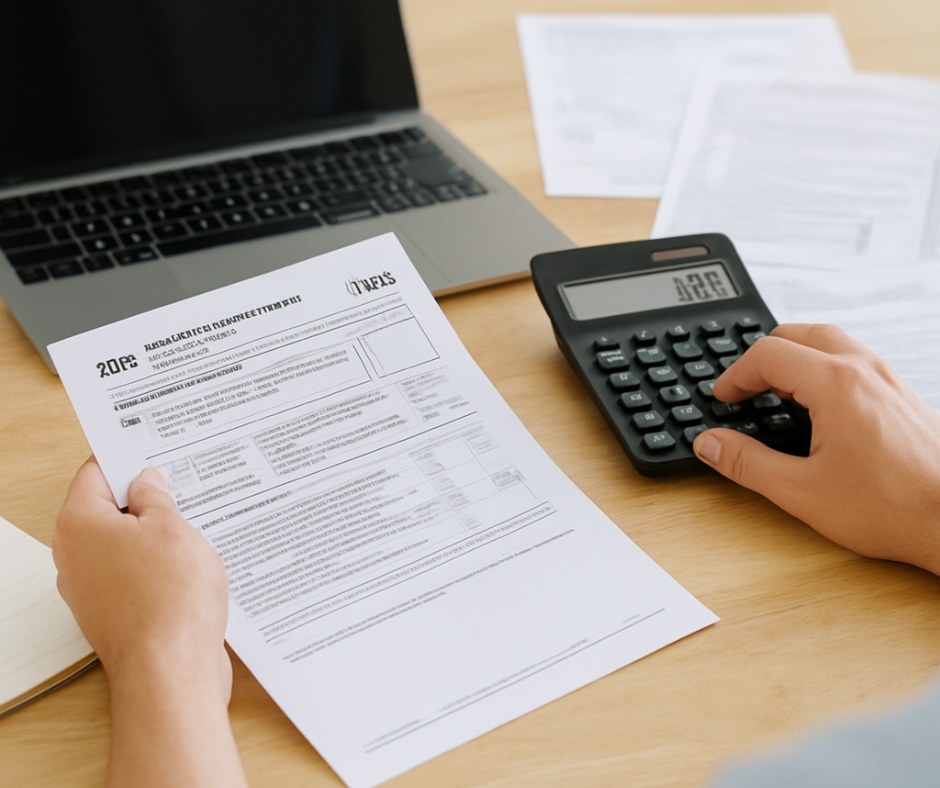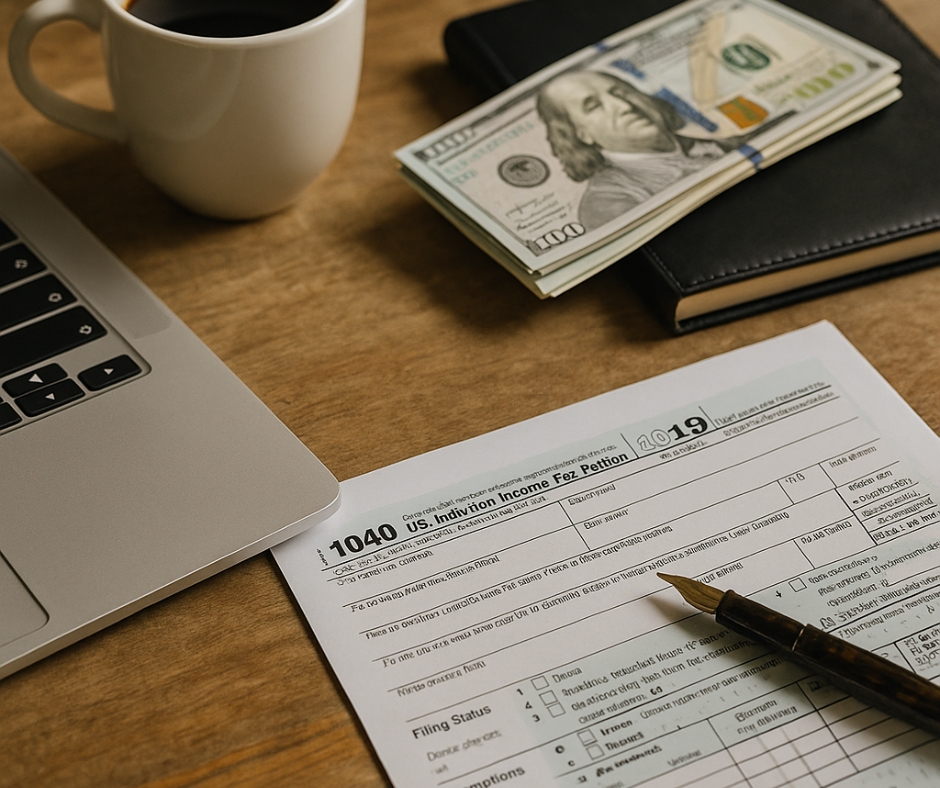Introduction
Every small business reaches a moment when growth hinges on capital. Whether you’re launching a new venture, expanding operations, or stabilizing after a tough season, funding can make all the difference. But let’s be honest—bank loans are tough to land, especially for small or newer businesses. That’s where the SBA loan process comes in.
Backed by the U.S. Small Business Administration, these loans offer better terms, lower interest rates, and longer repayment periods than most conventional loans. Yet, many business owners get overwhelmed and abandon the process before they even start. That ends here.
In this comprehensive guide, I’ll walk you through the ins and outs of SBA loans—step-by-step, no fluff, no jargon—just a roadmap to help you move forward with confidence.
Loan Types Offered by SBA
The SBA doesn’t directly issue loans. Instead, it partners with approved lenders and guarantees a portion of the loan—making the lender more willing to take a chance on you. Understanding which type of SBA loan fits your business is the first step.
1. 7(a) Loan Program
This is the most popular SBA loan. It covers almost every business need: working capital, equipment purchases, marketing, inventory, or even buying real estate. Loans can go up to $5 million with repayment terms from 7 to 25 years, depending on how you use the funds. The flexibility of the 7(a) makes it ideal for both new and established businesses.
2. CDC/504 Loan Program
If your goal is long-term investment in physical assets like land, facilities, or machinery, the 504 loan might be a better fit. These are structured through Certified Development Companies (CDCs), with a typical funding ratio of 50% from a lender, 40% from a CDC, and 10% from you. The interest rates are often lower than market rate, and terms are usually 10, 20, or 25 years.
3. Microloan Program
Perfect for startups and small-scale businesses, SBA microloans offer up to $50,000. These are usually provided by nonprofit lenders and often come with mentoring and technical support. If your business is still young or you’ve been turned down elsewhere, this is a solid entry point.
Eligibility Requirements
Many business owners assume they won’t qualify for an SBA loan, but eligibility is broader than most people think. The SBA’s goal is to support small businesses, not block them. Still, you’ll need to meet a few baseline criteria:
- Your business must be legally registered and operate for profit.
- You must be located in the U.S. or its territories.
- You must fall within SBA size standards (which vary by industry).
- You’ve invested equity in your business.
- You’ve exhausted other financing options first.
- You must demonstrate repayment ability through cash flow, assets, or projections.
Additionally, personal and business credit will be reviewed. A personal credit score above 680 is often preferred, but some programs are flexible if the rest of your financials are strong.
How the SBA Loan Process Works
Let’s break down the SBA loan process into actionable stages, so you know exactly what to expect:
1. Preparation Stage
Gather financial documents, organize your business records, and clearly define how much money you need and why. This stage isn’t just paperwork—it’s strategy. Think through your numbers and project how the funding will improve your operations or growth.
2. Choosing the Right Loan and Lender
Identify which SBA loan fits your goal. Then research SBA-approved lenders—some banks are “SBA Preferred Lenders,” meaning they can process applications faster because they don’t need SBA’s final approval.
3. Application Submission
This is where you submit all documentation, including SBA Form 1919, tax returns, financial statements, a business plan, and more. Be transparent and thorough. Lenders and the SBA are reviewing risk, so clarity matters.
4. Underwriting and SBA Review
The lender analyzes your business’s finances, cash flow, collateral, and your creditworthiness. If everything checks out, they forward it to the SBA for final approval—unless they’re a Preferred Lender.
5. Loan Approval and Funding
Once approved, you’ll sign closing documents and receive the funds. From there, you begin repayment based on your loan’s terms.
The entire SBA loan process may take 30 to 90 days. The timeline varies depending on how complete your application is and how responsive you are to follow-up questions.
Documents You’ll Need
Being prepared here makes all the difference. Incomplete or poorly presented documents are one of the biggest reasons SBA applications get delayed or rejected. You’ll likely need:
- Business & Personal Tax Returns (Last 2-3 years)
- Profit and Loss Statements
- Balance Sheet
- Cash Flow Projections
- Ownership & Affiliation Documents
- Business Plan
- SBA Loan Application Form (Form 1919)
- Personal Financial Statement (Form 413)
If you’re applying for a real estate loan, you’ll also need property appraisals and lease agreements. Have everything reviewed by a financial advisor or CPA if possible.
Common Roadblocks and How to Avoid Them
Here’s where many people get tripped up—but these challenges are avoidable.
- Disorganized Financials: Keep clean records. Use accounting software or hire a bookkeeper if needed.
- Weak Business Plan: Don’t submit a vague or generic plan. Lenders want to see how the loan will improve your business and how you’ll pay it back.
- Poor Communication: Be responsive. Delays in answering lender questions can stall your loan for weeks.
- Inadequate Collateral: Some SBA loans require collateral. If you don’t have much, highlight cash flow strength or strong credit.
Tips for Improving Your Approval Odds
Want to stand out? Here’s how to give yourself an edge:
- Build lender relationships early. Walk into the bank before you need money.
- Know your numbers. Be prepared to talk about margins, revenue, and debt service coverage.
- Address weaknesses upfront. If your credit isn’t great or you’re newly established, explain how you’ve de-risked your situation.
- Use SBA resources. Local Small Business Development Centers (SBDCs) can help you prepare for free.
When to Apply for an SBA Loan
Timing is critical. Don’t wait until you’re desperate. Lenders prefer applicants who plan ahead. Apply when your business is stable and positioned for growth. That shows financial maturity and increases your chances of approval.
Conclusion
The SBA loan process may feel like a mountain, but once you break it into steps, it becomes a manageable climb. SBA loans aren’t just for “big” businesses. They’re for those of us building something real, something lasting—often brick by brick. With preparation, transparency, and the right guidance, you can absolutely get funded.
Key Takeaways
- SBA loans provide flexible terms and lower rates than most traditional loans.
- Understand the different loan types to find the best fit for your needs.
- Preparing complete documentation early speeds up the process and builds trust with lenders.
- Knowing common roadblocks helps you avoid costly delays.
- Strategic timing and strong communication increase your chance of approval.













